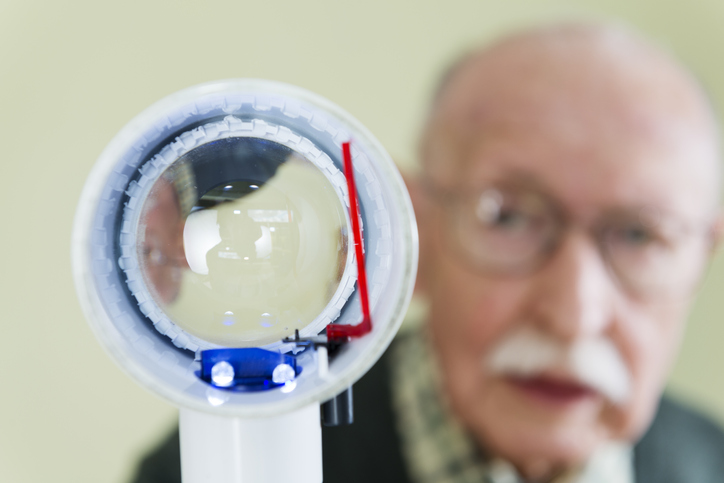Retinopathy of Prematurity: What You Need to Know

Several serious eye conditions may affect a person. However, what we tend to limit our attention to are issues such as visual clarity. An eye exam revolving around this can fall short in the needed accuracy for the average person, let alone a patient who has a higher risk for potentially serious conditions such as retinopathy. Furthermore, rarely do we hear of the risks a child, even a newborn, may face. At Retina Consultants of Minnesota, we know what these risks are and we know how to address them.
What is Retinopathy of Prematurity?
Retinopathy is a term we use to describe damage to the retina. The retina is a small structure that sits next to the optic nerve at the back of the eye. Light lands on the retina and the retina transfers light to the optic nerve, sending it to the brain for interpretation. Usually, retinopathy occurs in older individuals with chronic health problems like diabetes. Another circumstance in which retinopathy may occur, though, is when an infant is born prematurely.
Retinopathy of prematurity (ROP) is generally limited to a small number of infants born before 31 weeks gestational age and who weighs less than 3 ½ pounds. In this situation, the infant should undergo a retinal screening exam to assess their risk for retinopathy. Due to the risk of permanent blindness, patients are treated conscientiously by a retinal specialist. Our practice is served by highly trained physicians, including a Pediatric Vitreoretinal Surgeon, to meet the unique needs of our patients.
What is the ROP Screening Like?
The initial screening to asses for Retinopathy of prematurity may be scheduled for four to six weeks of age. The test is performed with dilation, which “opens” the pupils so the doctor can visualize all important structures from the front to the back of the eye. Dilation is achieved with painless eye drops. Looking through a special instrument that does not touch the infant’s eye, the doctor evaluates the blood vessels that have developed around the retina and throughout the eye. Insufficient blood vessel development can indicate retinopathy.
Depending on the findings of the initial evaluation, subsequent screenings may be scheduled every week or two. If the first screening indicates a high risk or the confirmed presence of ROP, treatment options may be discussed immediately. Common treatment options include laser therapy of the periphery blood vessels of the retina, an injection of Intravitreal Anti-VEGF to target abnormal blood vessels, or vitrectomy surgery to remove scar tissue and repair a retinal detachment.
Our team understands the enormous amount of stress that can occur in the event of premature birth and subsequent health concerns. We pride ourselves on providing compassionate care to the patient and their family in every instance. To learn more about retinopathy of prematurity and how it can be treated, call (855) 515-2020 to locate a Minnesota office near you.

